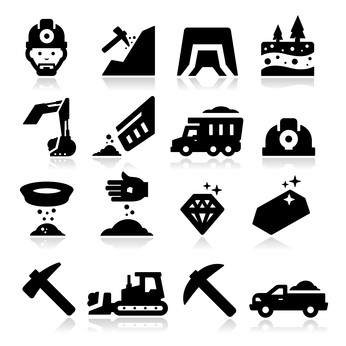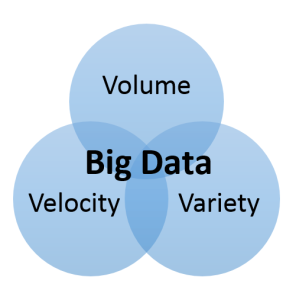Predictive Mine Equipment Maintenance
 Predictive Mine Equipment Maintenance
Predictive Mine Equipment Maintenance
Mining equipment is built to withstand a lot of beating. It must carry tons of weight and be used under the most extreme environments and conditions, while being able to function without problems. The maintenance of mining equipment is challenging due to its remote locations. Mechanics must be proactive in their repairs by remaining one step ahead of any equipment maintenance requirements, because miners lose money when equipment breaks down. Failing to assess, determine or predict equipment reliability, or getting replacements on time, can be devastating to the organization.
Modern digital equipment has been developed, which can be used to take precise measurements of each different part and determine the current condition of the part. It is vital that equipment is measured regularly to determine if any worn parts may require replacement. To help predict the current condition of your equipment and prevent costly unscheduled downtime, these technologies provide miners with early warnings of any pending problems. This allows resources to be secured in advance, so that any problems can be addressed before the equipment fails.
Vibration monitoring
Vibration monitoring allows the engineers to measure precise amounts of wear occurring on the moving parts of equipment. This is done using sensors, which are specially designed to measure the vibration of large moving mining equipment such as bearings, gears and pumps. The data is displayed in real-time, in a data acquisition system and in a control room.
Additionally, the data is monitored by a vibration analyst for any warning signs that will indicate deteriorating health. This is highly efficient because mining machines are spread out over a wide area, making it difficult for the maintenance team to deal with them on a regular basis. From the results of the collected data, the team is able to troubleshoot any issues, and schedule needed repairs or maintenance, in advance.
Laser alignment of equipment parts
Laser shaft alignment helps reduce the energy expenditure of equipment that is joined together by shafts and couplings. Without proper alignment, the machines can develop a high vibration level, which can also cause more wear on bearings. This can lead the bearings, and eventually the machine, to fail. Having rotational equipment aligned removes many reasons equipment fails. Some benefits of proper alignment are:
- Reducing vibration levels
- Reducing shaft wear and probability of failure
- Reducing power consumption
Besides minimizing the measuring time, the laser alignment tool helps monitor the vertical and horizontal position of each shaft as it is being adjusted. This tool saves time by reducing the amount of unnecessary corrections made and by allowing the maintenance team to be more proactive in their equipment maintenance.
Leading preventive maintenance solutions can do more than just save equipment. With greater access to equipment reliability data, maintenance teams in mines are able to make strategic decisions and be more proactive regarding equipment maintenance.







 Mining the Moon: How Your Mining Job Could Land You in Space
Mining the Moon: How Your Mining Job Could Land You in Space